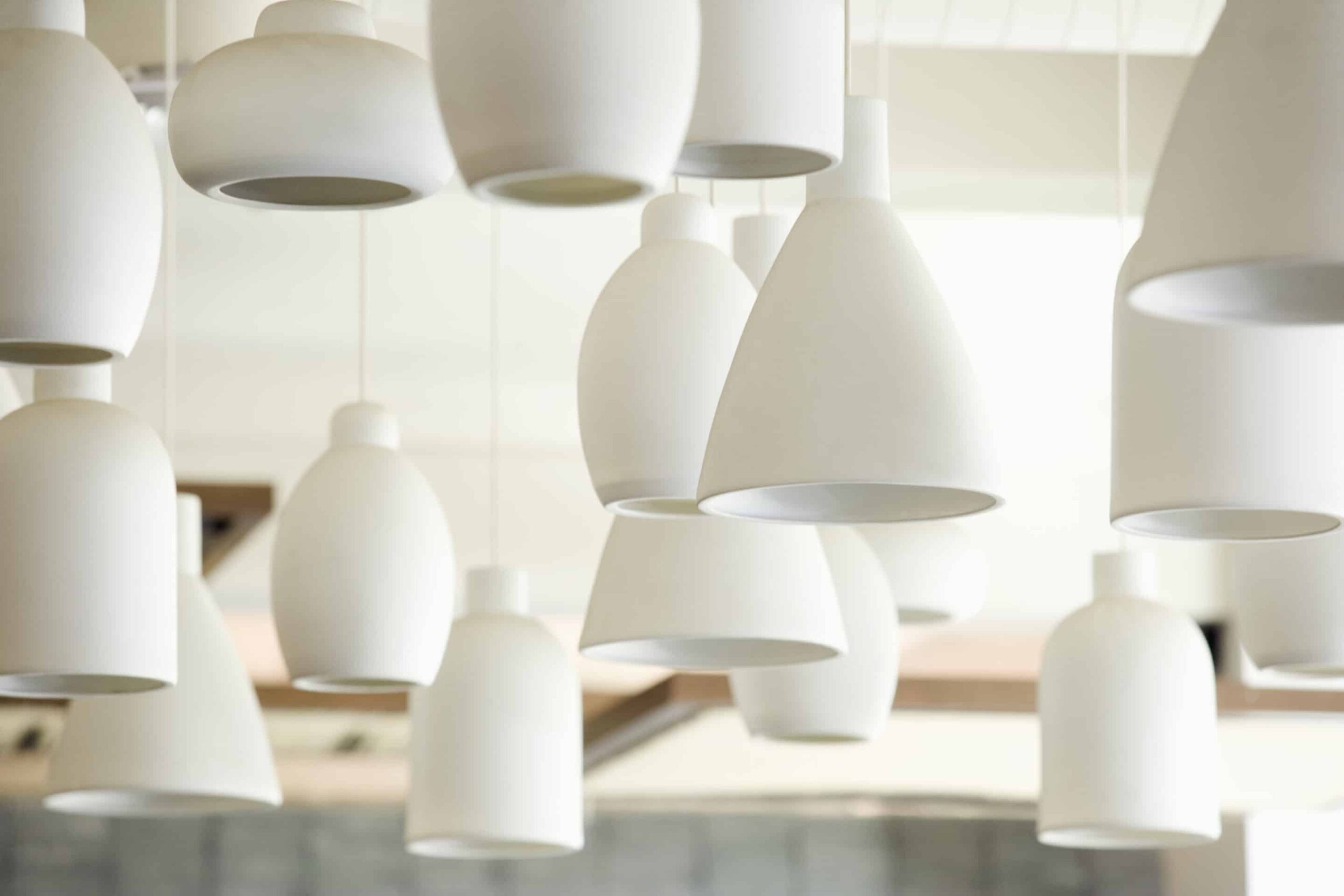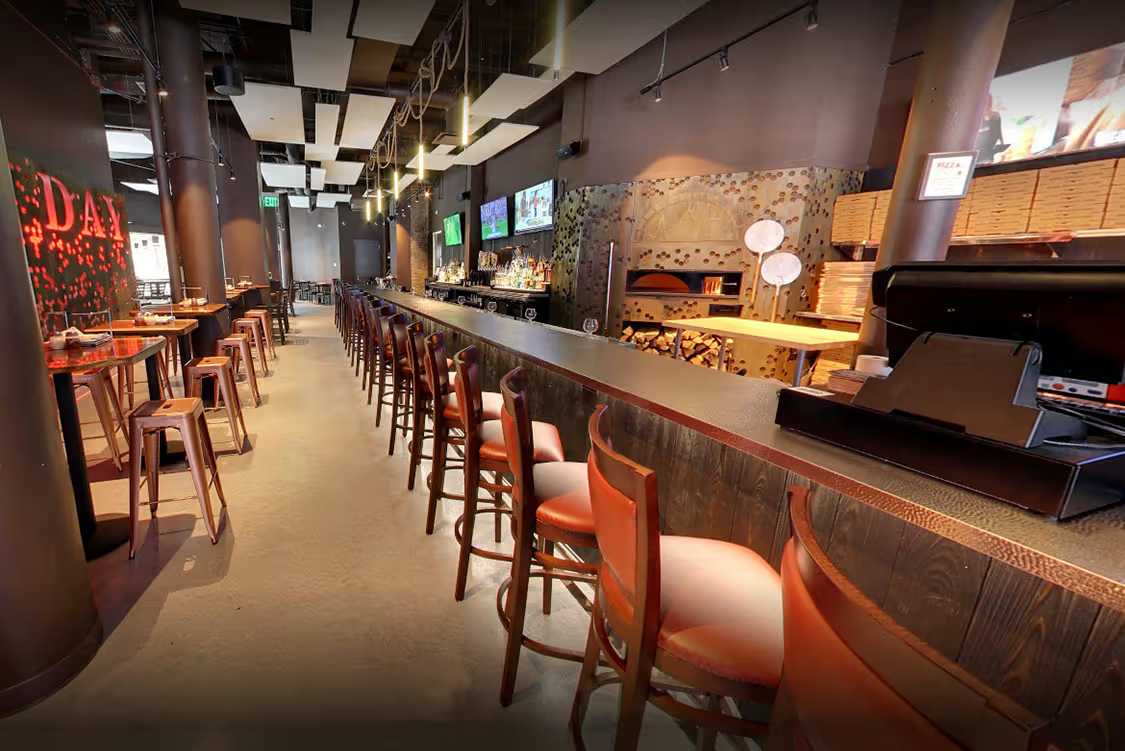Lighting is more than just a necessity. It can transform the mood and functionality of your house. Consider these points to truly illuminate your home
The Layering Light for Versatility
Ambient, task and accent lighting are all used to create a well-lit house. Ambient lighting is used to illuminate the entire home, while task lighting is focused on specific areas. Highlights of specific activities and accent lighting. Architectural features or decor. You can create an environment that is dynamic and adaptable by layering different types of lighting.
Set the Mood with Color temperature
The color temperature is a key factor in determining the mood. Cool white light is brighter and more energetic, while warm white light creates an inviting, cozy atmosphere. Selecting the correct color temperature can improve the ambiance of a room.
Highlighting architectural and Design elements
Strategic lighting can highlight the best features in your home. Track lighting can highlight artwork and wall sconces add depth to architectural details. Recessed lighting emphasizes clean lines. Lighting can be a great way to highlight the most beautiful features of your home.
Optimizing Space and Functionality
Lighting can help make small areas feel more spacious and open. In small spaces, using reflective surfaces and layering lights can maximize light. For functional spaces such as kitchens and offices, task lighting is vital to ensure adequate illumination.
Enhancing mood and Well-being
The light we use can have a significant impact on our well-being and mood. It is important to maximize the natural light in your home. Artificial lighting can influence our emotions. Warm, soft light promotes relaxation, while bright, cool, light promotes alertness.
Fixtures to Personalize Your Space
Light fixtures can be decorative and reflect your style. The right light fixtures can bring character and charm into your home.
Embracing Energy Efficiency
LED lighting is a revolutionary innovation in home illumination. It offers energy efficiency and long-lasting performance. Switching to LED fixtures and bulbs can help you reduce your electricity bill and your energy consumption. Dimmers and smart lighting controls can also help increase energy efficiency.
Natural Light and its Importance
A good lighting design for your home should maximize natural light. It is important to have clean windows and use the right window coverings. Mirrors can also increase the natural light that enters a room.
Outdoor Lighting
Do not forget to light up the exterior of your house. Outdoor lighting can increase your home’s security and curb appeal. There are many ways you can make your home exterior shine. From spot lights to pathway lighting, there are a variety of options.
Priority Planning
Create a lighting strategy before making any changes. You should consider the purpose of each room, the desired ambience, and architectural features that you wish to emphasize. Planning will help you create a lighting design that is both functional as well as aesthetically pleasing.
Consider these tips to create a beautiful, functional home where you can entertain and relax.



